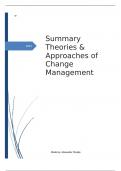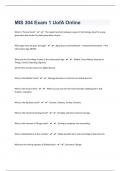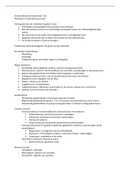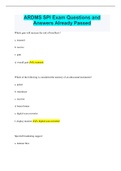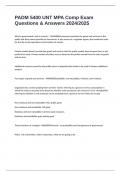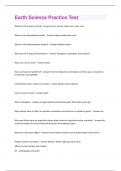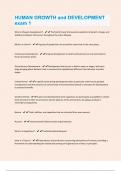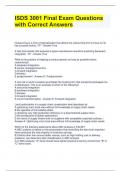Resume
Summary Theories & Approaches of Change Management
- Cours
- Établissement
- Book
Contains the entire book 'Managing Change' from Bernard Burnes, as well as Ch 1, 3, 11, and 13 from the book 'Philosophies of Organizational Change' from Smith, Skinner and Read.
[Montrer plus]
